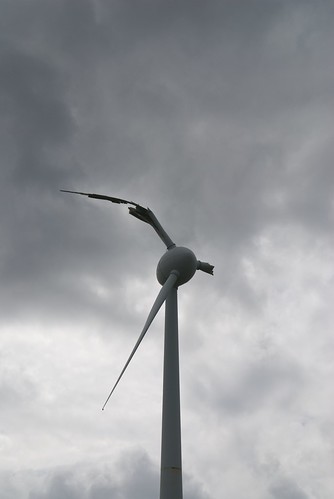The oil slick spreading across the Gulf of Mexico has shattered the notion that offshore drilling had become safe. A close look at the accident shows that lax federal oversight, complacency by BP and the other companies involved, and the complexities of drilling a mile deep all combined to create the perfect environmental storm.
It’s hard to believe now, as oil from the wrecked Deepwater Horizon well encroaches on the Louisiana marshes. But it was only six weeks ago that President Obama announced a major push to expand offshore oil and gas drilling. Obama’s commitment to lift a moratorium on offshore drilling reflected the widely-held belief that offshore oil operations, once perceived as dirty and dangerous, were now so safe and technologically advanced that the risks of a major disaster were infinitesimal, and managing them a matter of technocratic skill.
But in the space of two weeks, both the politics and the practice of offshore drilling have been turned upside down. Today, the notion that offshore drilling is safe seems absurd. The Gulf spill harks back to drilling disasters from decades past — including one off the coast of Santa Barbara, Calif. in 1969 that dumped three million gallons into coastal waters and led to the current moratorium. The Deepwater Horizon disaster is a classic “low probability, high impact event” — the kind we’ve seen more than our share of recently, including space shuttle disasters, 9/11, and Hurricane Katrina. And if there’s a single lesson from those disparate catastrophes, it’s that pre-disaster assumptions tend to be dramatically off-base, and the worst-case scenarios downplayed or ignored. The Gulf spill is no exception.
